COVID-19: The Social Distancing Paradox
Surprises, dangers and solutions against the virus:
the world-first study on true distancing behavior of people during the pandemic
[See also news coverage in The Washington Post, HealthLine, The Times, MSN, World Today News, KHN, Seattle Times, Bloomberg, Radio1, CNN, BBC and more online. Please help spread the news for our (present and future) public health safety: every life matters!]
Without vaccines and effective treatments, the most powerful weapon against COVID-19 is the famous Social Distancing. On its own, social distancing should have been sufficient to protect us from the virus: however, as we know, things have gone very differently, with a great rift between theory and practice, and millions of infected people around the world. What are the reasons?
A big problem is that, astoundingly, in reality the whole scientific world has so far lacked a fundamental piece: there is no specific data on Social Distancing, and the specific behavior of people during the pandemic is still unknown (!) In a three-month study (part one summarized online) we collected the first data set in the world on social distancing during the pandemic (over 13000 interactions with people), thus discovering for the first time what the true behavior of people with or without masks is.
The Paradox
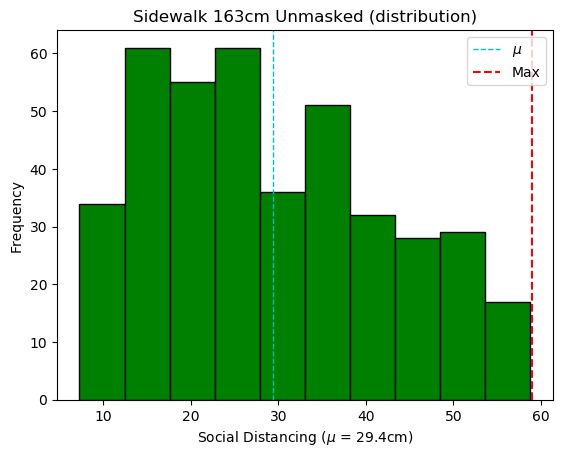
 The result has been surprising: in the normal case (without mask) the people that we pass by for instance on sidewalks use a completely counter-intuitive and dangerous strategy. Instead of staying as far away from us as possible, people tend to stay in contact, in the grip of a kind of drive that is after all that characteristic that distinguishes us as human beings: sociality. This innate behavior, being social, takes over, causing people to behave in this strange and dangerous way. The great duration of the pandemic can therefore also be explained by this factor: social distancing imposed without masks clashes with the social nature of people, who instead continue to adopt a natural and innate behavior, being social and therefore not get away but rather get closer to others (!).
The result has been surprising: in the normal case (without mask) the people that we pass by for instance on sidewalks use a completely counter-intuitive and dangerous strategy. Instead of staying as far away from us as possible, people tend to stay in contact, in the grip of a kind of drive that is after all that characteristic that distinguishes us as human beings: sociality. This innate behavior, being social, takes over, causing people to behave in this strange and dangerous way. The great duration of the pandemic can therefore also be explained by this factor: social distancing imposed without masks clashes with the social nature of people, who instead continue to adopt a natural and innate behavior, being social and therefore not get away but rather get closer to others (!).
Masks
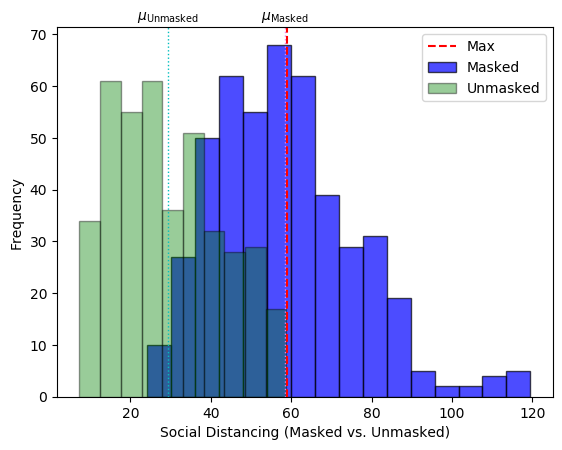
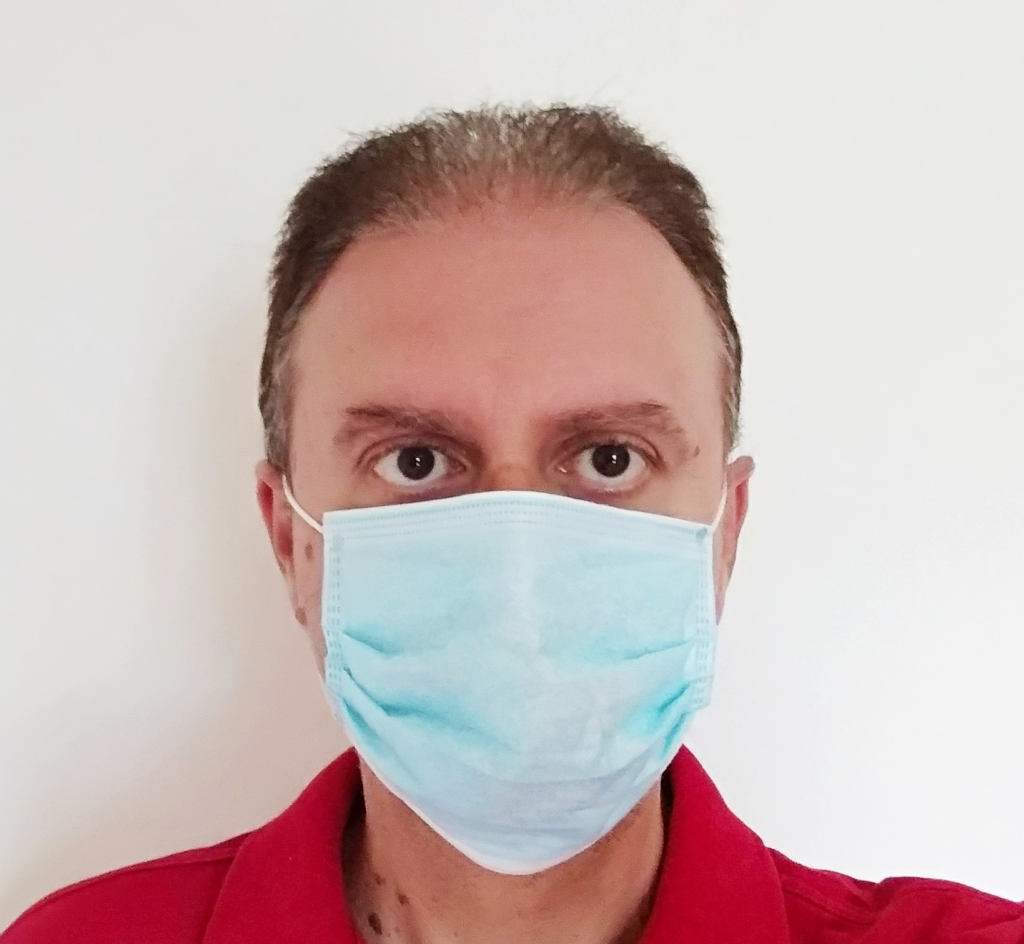 We then analyzed whether and how using protective devices changes things or not. Here too the results have been surprising, and fortunately positive. The mere fact of wearing a mask makes the people around us change their strategy, using social distancing much better and staying further away. This stimulus is purely visual, as it does not depend on the protection factor of the mask. Indeed, using homemade masks which are visually flashy as ineffective (for example made up with sheets of parchment paper) the social distancing increases. In other words, a visual stimulus reminiscent of the presence of the virus slows down our unconscious sociality, causing a distancing reaction and therefore a much safer behavior. Given the constant lack of protective masks, a possible solution is therefore to use homemade (do it yourself) masks: although they do not have any type of filtering protection, they generate protection with the social distancing they create.
We then analyzed whether and how using protective devices changes things or not. Here too the results have been surprising, and fortunately positive. The mere fact of wearing a mask makes the people around us change their strategy, using social distancing much better and staying further away. This stimulus is purely visual, as it does not depend on the protection factor of the mask. Indeed, using homemade masks which are visually flashy as ineffective (for example made up with sheets of parchment paper) the social distancing increases. In other words, a visual stimulus reminiscent of the presence of the virus slows down our unconscious sociality, causing a distancing reaction and therefore a much safer behavior. Given the constant lack of protective masks, a possible solution is therefore to use homemade (do it yourself) masks: although they do not have any type of filtering protection, they generate protection with the social distancing they create.
Goggles
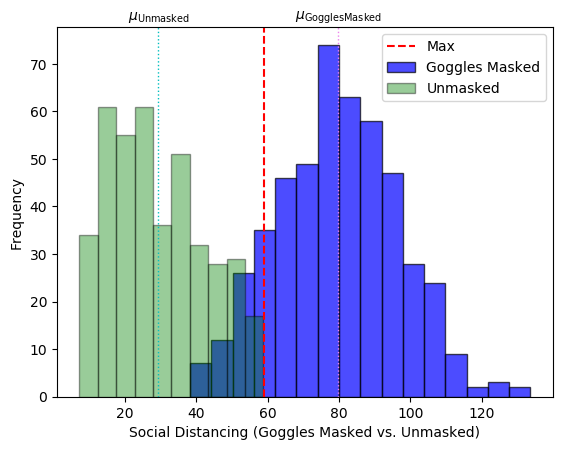
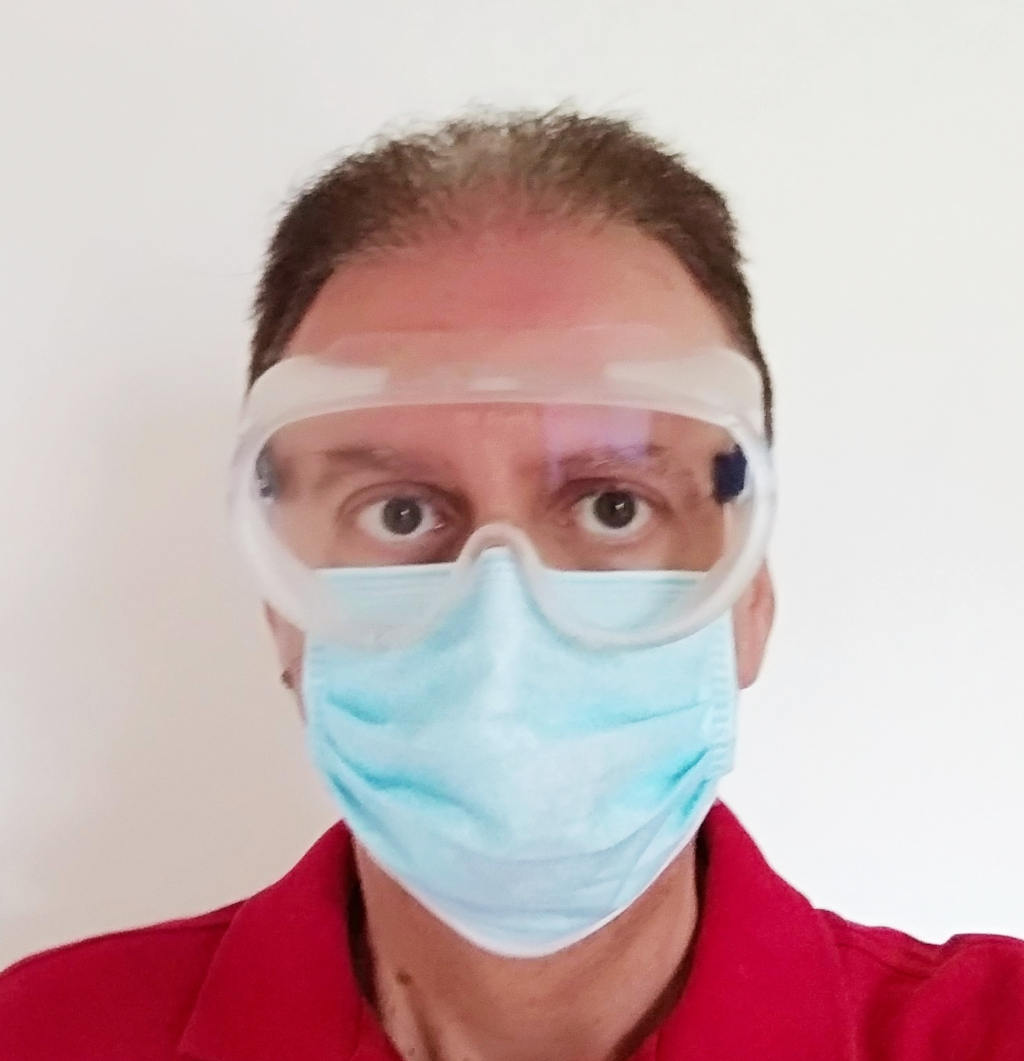 By studying the effects of these visual stimuli that "break" our sociability, we have also analyzed the effect of adding another visual stimulus: protective goggles (a device currently not recommended by anyone to the general public). The effect has been remarkable: adding protective goggles generates a powerful extra increase in social distancing, which is added to those generated by normal masks or homemade masks.
By studying the effects of these visual stimuli that "break" our sociability, we have also analyzed the effect of adding another visual stimulus: protective goggles (a device currently not recommended by anyone to the general public). The effect has been remarkable: adding protective goggles generates a powerful extra increase in social distancing, which is added to those generated by normal masks or homemade masks.
Laws and Media Campaigns
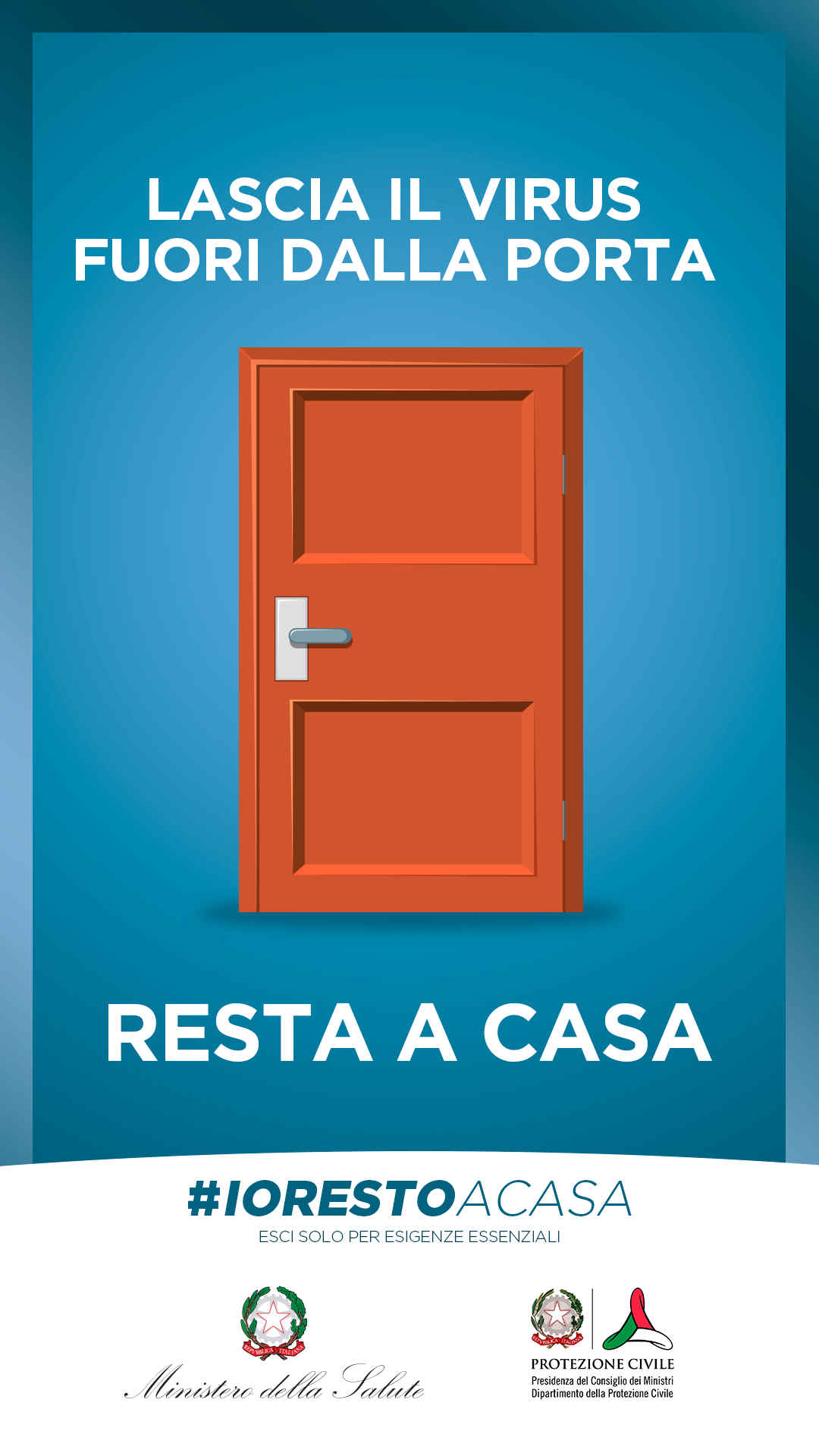 Finally, we have analyzed the impact of various governmental and regional measures on social distancing, such as the decrees on the division of Italy into red yellow and green areas and the first measures of social distancing (March 1, 2020), as well as the measures taken subsequently (1-meter social distancing extended throughout Italy, up to the complete lockdown), the large media campaign #iorestoacasa ("I stay at home"), the decrees issued by the Veneto region including a strict distance walk rule (max 200 meters from home). All these measures have obviously been very useful to limit encounters between people and spread from the virus: the less people circulate and the less the virus spreads. But what have been the specific effects on social distancing when people have to move, such as for shopping?
Finally, we have analyzed the impact of various governmental and regional measures on social distancing, such as the decrees on the division of Italy into red yellow and green areas and the first measures of social distancing (March 1, 2020), as well as the measures taken subsequently (1-meter social distancing extended throughout Italy, up to the complete lockdown), the large media campaign #iorestoacasa ("I stay at home"), the decrees issued by the Veneto region including a strict distance walk rule (max 200 meters from home). All these measures have obviously been very useful to limit encounters between people and spread from the virus: the less people circulate and the less the virus spreads. But what have been the specific effects on social distancing when people have to move, such as for shopping?
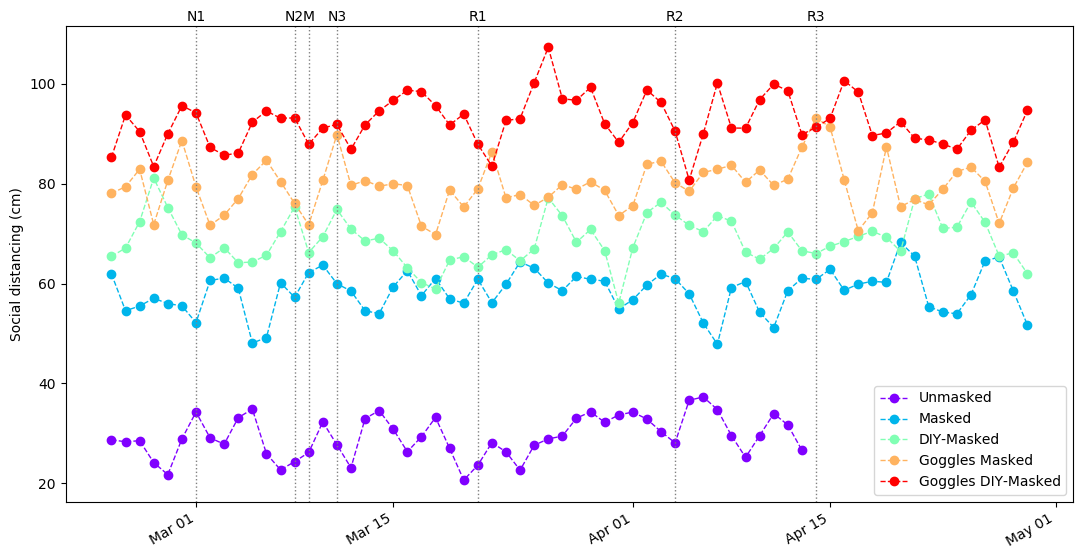 The results have been again surprising, for better or for worse. The data show that the specific effects on social distancing have been practically nil: people's behavior has not changed, both in the normal case without masks and in the other cases with masks and goggles. From a public health point of view this means that imposing certain distances, and making generic campaigns based on staying at home, is actually ineffective as regards the real social distancing of people. In other words, our innate social nature is so powerful, and inherent in our usual behaviors, that general rules alone are not enough. The good news is that even the beneficial effects of the masks and goggles do not change: in other words, the visual stimuli have been effective in every situation, before and after the lockdown and all the other interventions.
The results have been again surprising, for better or for worse. The data show that the specific effects on social distancing have been practically nil: people's behavior has not changed, both in the normal case without masks and in the other cases with masks and goggles. From a public health point of view this means that imposing certain distances, and making generic campaigns based on staying at home, is actually ineffective as regards the real social distancing of people. In other words, our innate social nature is so powerful, and inherent in our usual behaviors, that general rules alone are not enough. The good news is that even the beneficial effects of the masks and goggles do not change: in other words, the visual stimuli have been effective in every situation, before and after the lockdown and all the other interventions.
Public Health Summary
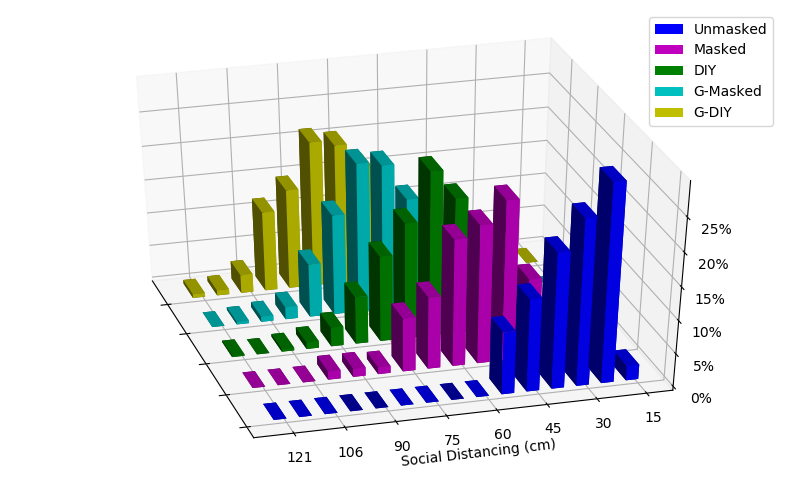
- Social distancing without masks does not work, on the contrary: our social human nature takes over, and people tend to get closer to us
- The mere fact of wearing a mask, regardless of the degree of protection (surgical, N95, FFP2, FFP3) causes instead a remarkable change, making people implement a good social distancing
- In the absence of adequate masks, even do-it-yourself masks are useful: even without filtering protection, they generate social distancing protection
- Safety goggles give a further enhancement of social distancing, protecting us even more from the virus.
- Imposing social distancing by law or using generic media campaigns such as staying at home is very useful to limit aggregations, but it does not work for the situations of necessary mobility such as walking on sidewalks or shopping. In this case, specifically targeted campaigns are needed, explaining to people the dangers of our social attitude that unconsciously prevails over the safety rules.
These results are useful not only for the current COVID-19 pandemic, but also for future reappearances of the virus or new pandemics, as they depend on our fundamental human nature and the visual stimuli that remind us of the danger.
In conclusion, when passing by people we must do everything to get rid of our social drives and become, also with masks and goggles, anti-social: be sometimes a little less human, to preserve humanity.